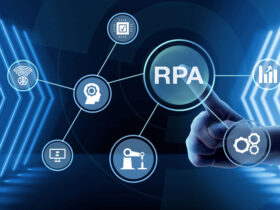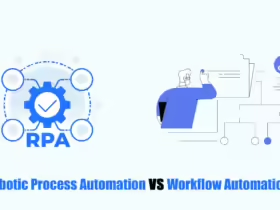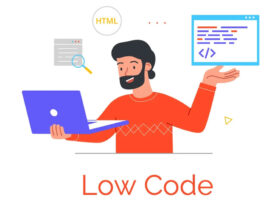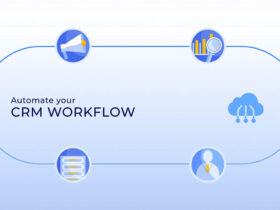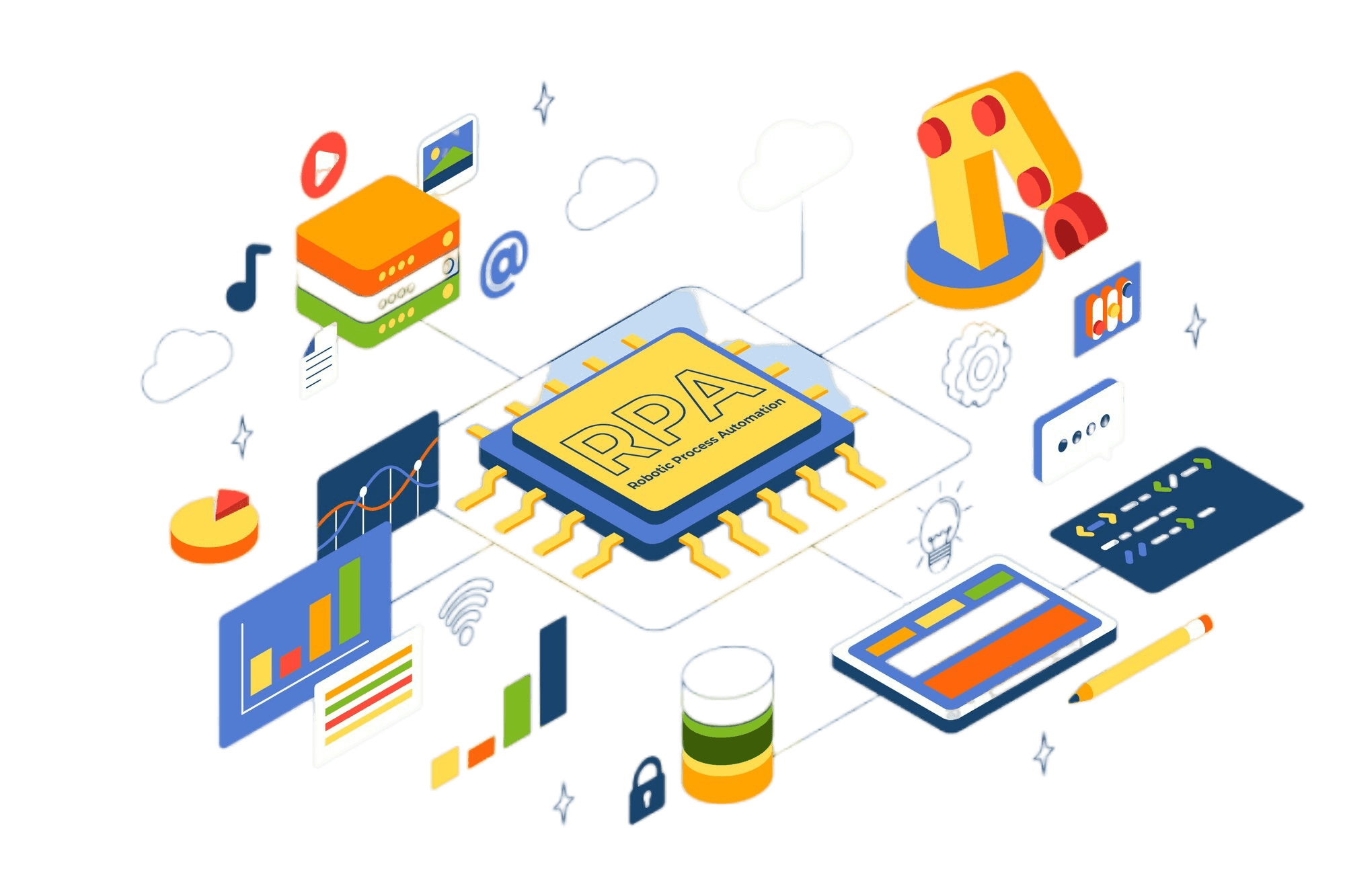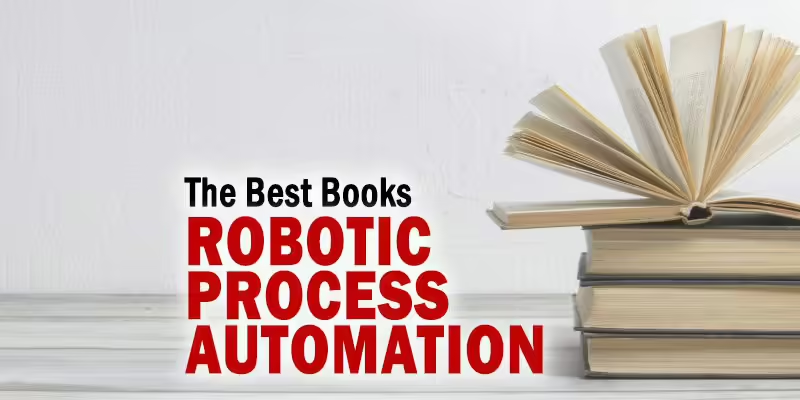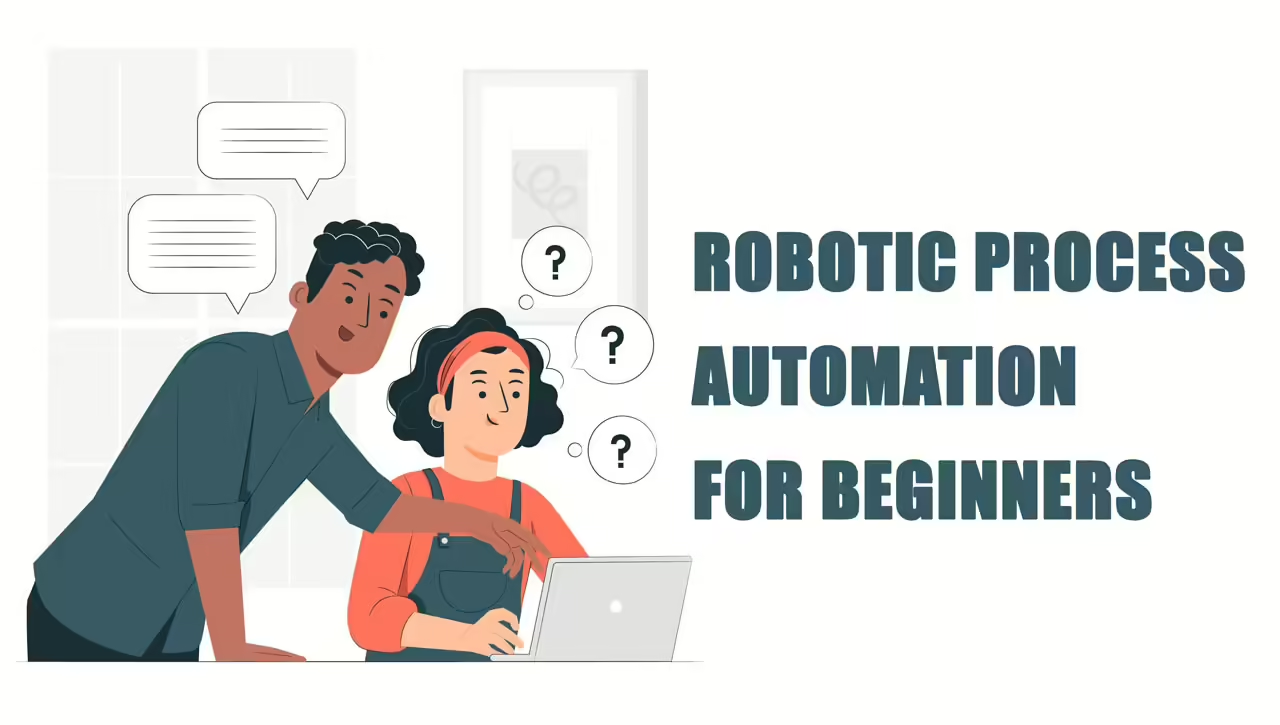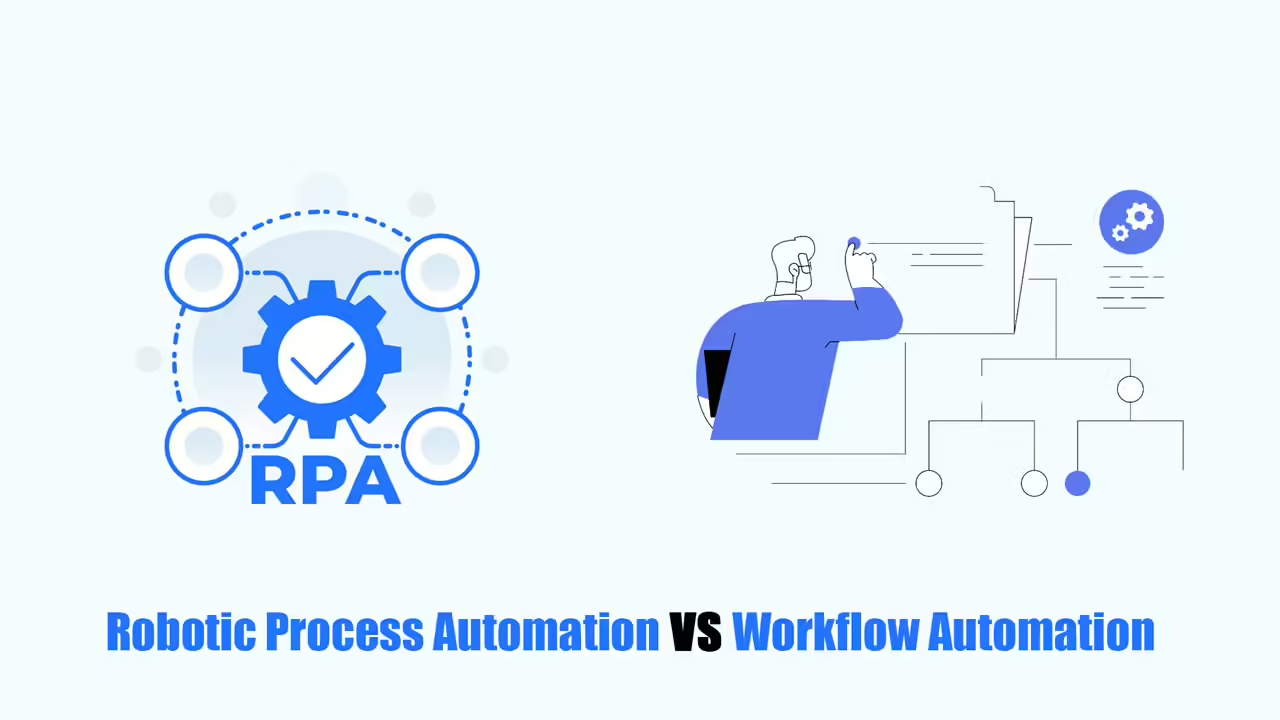Robotic process automation (RPA) has been around for a while, automating routine, rule-based tasks like invoicing, data transfers, and CRM updates.
But as automation gets smarter, many teams are asking: Will RPA be replaced by AI? Is RPA a type of AI? Does it use AI?
People often think of RPA and AI as separate entities, but they actually solve different problems and often work best together, especially when it comes to business automation.
This article will look at the definitions of RPA and AI, where they are used, how they work, and how they combine to help businesses become more automated.
What is RPA?
Robotic Process Automation (RPA) is a group of technologies that helps automate predictable business tasks that follow rules.

Business workflows have many tasks. Some need human decisions, but many are repeatable. RPA is used to automate this second type.
A lot of the software we use is rule-based. Computers are great at following clear instructions quickly and accurately. If we give them the right steps, they can process info and do tasks constantly.
RPA is similar. But it really helps businesses by doing these same things across different apps, systems, and databases. Basically, RPA interacts with different apps like a person would. It can copy the clicks, typing, and mouse movements we make on a computer and remember these as steps that it does when something triggers it or a certain condition is met.
Applications of RPA
RPA has become popular in business because it can handle many tasks, like:
- Customer and employee onboarding
- Report generation
- Data entry and migration
- Automated software testing
- Employment or credit checks
- Applicant tracking systems
- KYC automation
What is AI?
Artificial Intelligence (AI) is a group of technologies that copy how humans think. This includes things like learning, reasoning, fixing mistakes, recognizing objects, making decisions, and predicting. This field has been around for a while, but it’s made big progress in the last decade or so.
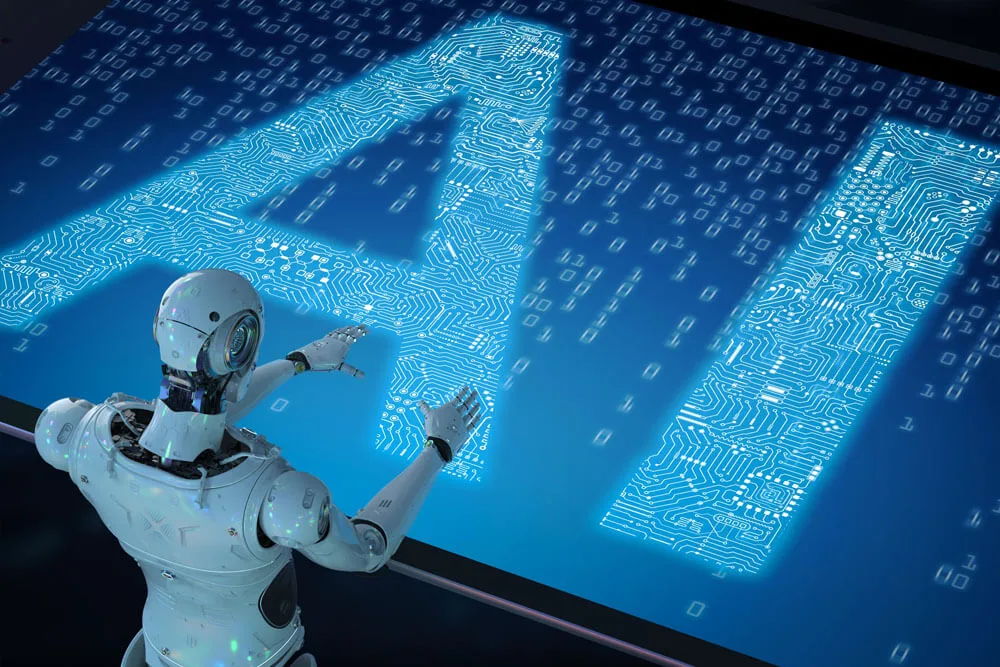
AI is used all over the place. While things like Generative AI, self-driving cars, and assistants like Siri and Alexa get a lot of attention, AI also powers everyday but useful things like predictive text, cybersecurity, fraud protection, search engines, personalized marketing, and data analysis.
The AI we have now is usually called Narrow AI. Basically, it mimics human intelligence in specific areas, like Deepmind’s AlphaGo or speech recognition software. But in the future, AI is expected to go from being specialized to being more general, able to handle a wider variety of tasks.
Applications of AI
AI is used in many different industries in some pretty impressive ways, such as:
- Predictive analysis
- Autonomous vehicles
- Facial recognition software
- Cybersecurity
- Personalization
- Marketing automation
- Pharmaceutical drug design
- Fraud detection
- Customer service chatbots
Will RPA Be Replaced By AI?
AI is making RPA more flexible and smart, leading to “digital workers” that can handle complex tasks, process lots of messy data, and give better insights for decisions. In some areas needing deep analysis, AI and automation together are creating big growth.
So, instead of replacing or picking one over the other, many companies are using both RPA and AI to streamline operations and get more flexibility by combining their strengths.
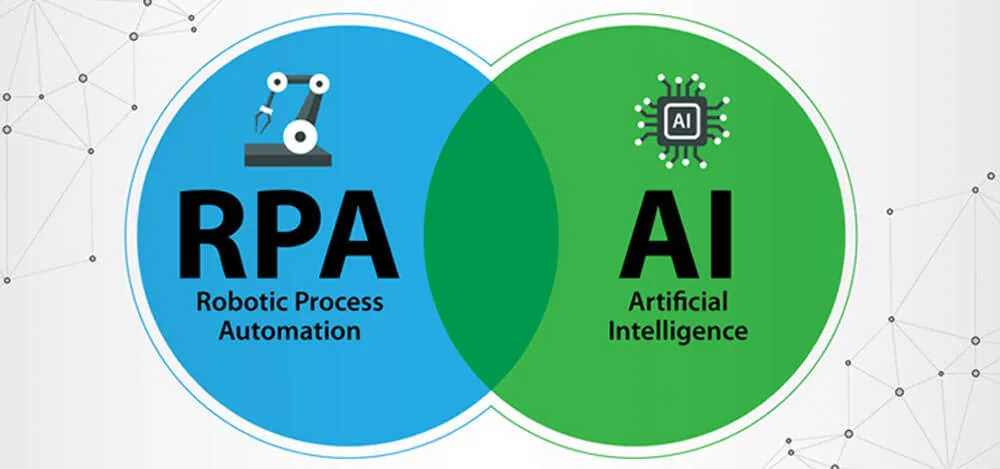
Intelligently Automate Processes
When you add AI to RPA, you get better bots that can handle more complex and changing tasks. RPA bots can also use natural language processing and computer vision to understand messy text and get info from images, like scanned documents.
Plus, machine learning helps RPA systems adapt to processes that change on their own, which they normally couldn’t handle well.
Decision Support
AI decision support can help RPA handle its set processes even better. AI can look at past data and current situations to slowly improve how RPA works.
In addition, the integration of machine learning to detect patterns and anomalies within RPA-generated data, along with predictive analytics that can foresee future trends, represents significant enhancements that substantially upgrade the functionality of RPA bots.
Continuously Optimize Processes
Using RPA and AI together helps make business processes better. For example, AI mining tools can find potential problems or opportunities by looking at RPA logs.
Furthermore, machine learning algorithms can utilize identified patterns and outcomes to suggest beneficial upgrades, while natural language processing capabilities can generate accurate performance reports and provide constructive recommendations for process enhancement.
Is RPA a Type of AI?
Nope, RPA isn’t a type of artificial intelligence.
RPA automates tasks by copying what a human does on a computer screen. It clicks, types, copies, and moves data, just like it’s told. It doesn’t learn, reason, or adapt beyond its set instructions.
AI, on the other hand, works with data and probabilities. It finds patterns, understands what things mean, and makes decisions in changing situations.
RPA follows instructions. AI creates results based on context.
People often confuse them because both make less manual work. But automation isn’t the same as intelligence.
Does RPA Use AI?
Regular RPA systems follow rules and need organized data and set steps. But you can make RPA better with AI to handle messy data, language, and changes.
AI figures out raw input like documents and emails.
RPA then acts on the organized output, like entering data or routing tasks.
You often see this combo in smart chatbots, especially for support or internal questions. If you’re building an AI FAQ chatbot, AI understands the question, and RPA can get or update related info in the background systems.
Conclusion
RPA replicates what humans do, from clicking, to entering data, to moving data. AI, on the other hand, tries to replicate how humans think, like learning, reasoning, and making decisions. Neither is a perfect replica of what humans do or think, but both are good enough to help businesses automate tasks with speed, accuracy, or in ways that go beyond what humans typically do.
You can approach it this way: as humans, we need both thinking and doing. When we combine those two, we can build amazing things, come up with new ideas, and truly thrive. The same idea applies to the combination of RPA and AI.
So, will RPA be replaced by AI? Not necessarily. AI really helps us take the strengths of RPA and use them in even more powerful ways to achieve new and exciting capabilities that we may not have thought possible before.


